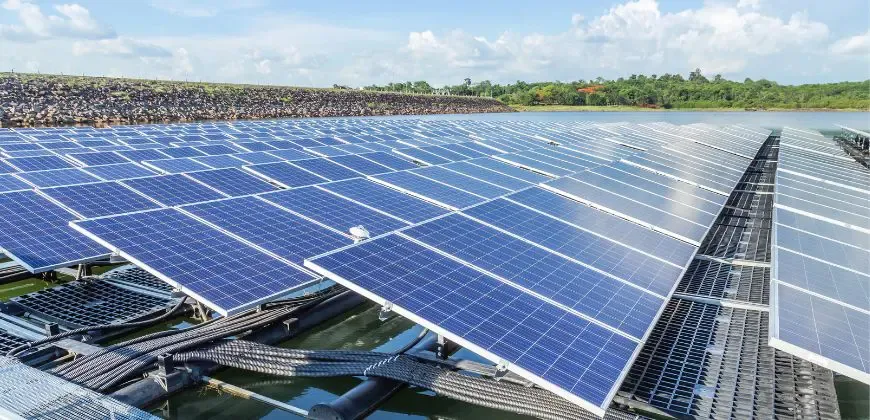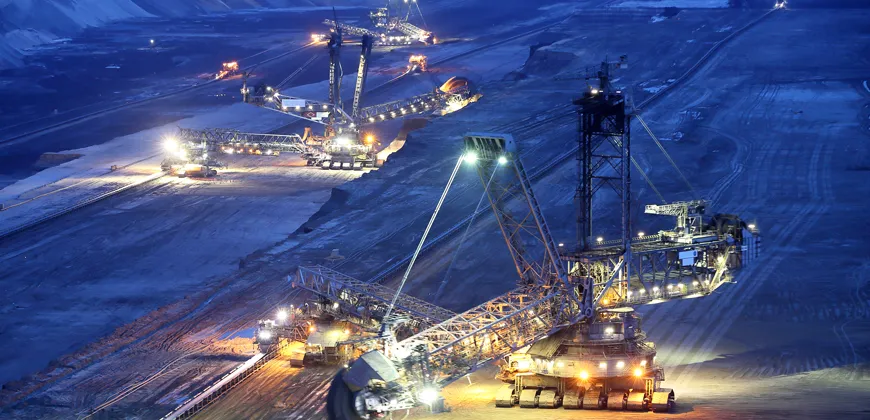Proposing changes to Alberta’s energy storage policies
For her capstone project for the Master of Engineering Leadership in Clean Energy Engineering, Thea Kiley-Kubik explored potential policy changes in Alberta that would support energy storage and improve the resiliency of the province’s electricity grid.

Over a very cold week in January 2024 when temperatures plummeted across the province, Alberta asked its residents to reduce their energy use to prevent the need for rolling blackouts.
That event underlined some of the challenges facing Alberta’s “energy-only”, tariff-based electricity market, a topic of great interest to Thea Kiley-Kubik, a recent alumni of the Master of Engineering Leadership (MEL) in Clean Energy Engineering.
“I became interested in energy storage from looking at what had happened in California in 2020,” she explains.
The state had significantly increased their renewable energy mix in the two decades prior, and then during the heat wave in 2020 they had to implement rolling blackouts to accommodate high electricity demand.
There was a lot of political fallout, and the state has since made considerable investments in energy storage. I see the same thing happening in Alberta, which is moving to decarbonize its electricity grid but has not created the conditions to encourage companies to invest in energy storage.
Analyzing how policy constrains energy storage
Thea decided to do an analysis of Alberta’s energy storage policies for her capstone project for the MEL in Clean Energy Engineering.
I wanted to do a policy review because I believe the main reason investments haven’t been made in energy storage in Alberta are grounded in policy rather than technical constraints. New technologies like renewables and energy storage are trying to fit into a cost and policy structure of the past, which doesn’t really work.
For her capstone project, she estimated the energy storage Alberta will need by 2030, identified the barriers to implementing energy storage, quantified the support needed to ensure energy storage projects are economically viable and evaluated policy options to support energy storage.
Her work consisted of a literature review, conversations with experts in the field, a survey of industry players in the province, and drawing on her own professional experience as well as learnings from the program, such as in courses on energy storage and transmission, sustainable energy systems and energy policy.
Thea identified that the largest gap in the current market is in long duration and seasonal energy storage – “which will become increasingly important as the transition to renewable progresses.”
One of the challenges in the current wholesale market is that energy storage is treated as an electricity user when charging and as a generator when discharging. Thea drew on a report published by the National Research Council in 2017 when Alberta was debating a switch to a capacity market rather than an energy-only market. The report modelled the incorporation of energy storage and found that it would result in a cost reduction for consumers.
My analysis showed that while energy storage can present benefits to the Alberta grid under the cost-of-production method, in the current system, energy storage projects aren’t profitable, which is the primary reason companies are not investing in them.
Proposing policy options to support energy storage
Thea proposed several policy options.
As she writes in her report, “The recommended policy changes are to create a storage-specific tariff, modernize the tariff structure to allow fair competition between thermal generators and other technologies and to include decarbonization in the grid operator’s mandate. Direct procurement, loan guarantees, expanded operating reserves and FEED study subsidies can also be paired with the recommended policies to enhance their effectiveness.”
These changes are needed to avoid the negative experiences of other jurisdictions, like California, or the experience of Alberta during the cold snap of January 2024.
It seems to me that Alberta is following the same path as California, where the needed investments in energy storage weren’t made until there is a crisis requiring rolling blackouts. Energy storage is critical for grid flexibility and resilience.
As she goes on to say: “The bottleneck for so many of these clean energy projects and the transition away from fossil fuels really comes from policy.”
“The technology is there, but the funding and supportive policies are not. Knowing that companies aren’t going to invest in energy storage or renewable energy because it’s the nice thing to do, we can use policy as a lever to promote clean energy investment.”



